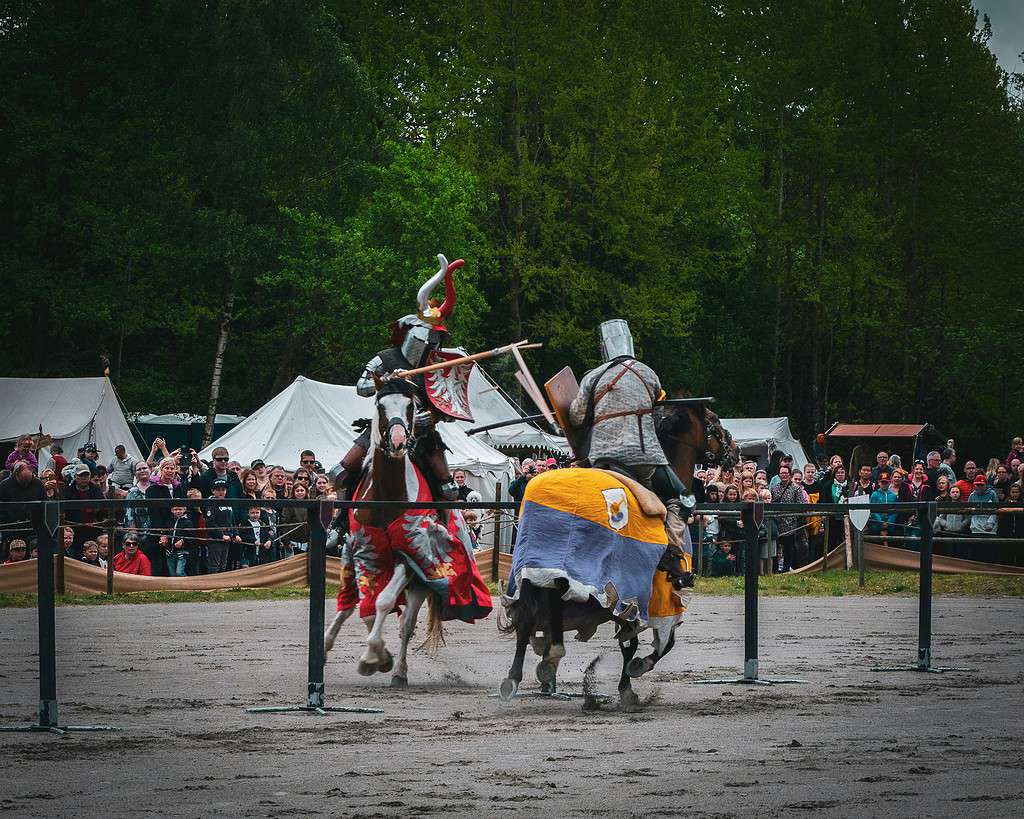The finest horses in medieval England were like today’s supercars: expensive, finely tuned, and different from cheaper counterparts. The discovery of an unusual horse cemetery in Elverton Street, London, provided a unique opportunity to study these animals in unprecedented detail.

Standing at 1.6 meters (or 5.2 feet) tall, England’s best medieval horses wouldn’t seem that big by today’s standards. But at the time, they were pretty much the most impressive horses you could find. In a new study, archaeologists analysed the remains of some of these horses, piecing together where they were from and what they were like.
Horse transfers
The horses didn’t come from England — actually, they didn’t come from any one place. They came from various locations, from Scandinavia to the Alps, and were consistent with breeding patterns from royal courts.
“The chemical signatures we measured in the horse’s teeth are highly distinctive and very different to anything we would expect to see in a horse that grew up in the UK,” said Dr Alex Pryor, Senior Lecturer in Archaeology and lead researcher. “These results provide direct and unprecedented evidence for a variety of horse movement and trading practices in the Middle Ages. Representatives for the King and other medieval London elites were scouring horse trading markets across Europe seeking out the best quality horses they could find and bringing them to London. It’s quite possible that the horses were ridden in the jousting contests we know were held in Westminster, close to where the horses were buried.”
Researchers managed to gain all this information by carrying out isotope analysis on the tooth enamel from horse remains. The enamel preserves the chemistry and isotopic components. Isotopes are variants of a particular chemical element that have the same number of protons but a different number of neutrons. By comparing these isotopes with known ranges from various geographies, they traced the origin or the horses.
Horse Elites
The researchers found that half of the horses had international origins consistent with the breeding patterns of royal stud farms. Typically, horses would stay on these farms for 2-3 years before being sold or sent to their final homes.
The researchers also conducted physical analyses on the teeth, finding that the teeth are consistent with a curb bit. This is a type of bit used for riding horses that includes a lever action. It works with a curb chain or strap under the horse’s chin, applying pressure to the bars, tongue, and chin groove of the horse when the reins are pulled. The design aided in control and communication between the rider and the horse. Often, these bits were used by elite animals groomed for war and jousting tournaments.
Additionally, the spines of the horses showed that they weren’t used just for show. They were put to work heavily, with fussed vertebrae indicative of a life of riding.
However, although they were heavily worked, these horses were the absolute elite horses of their time.
“The finest medieval horses were like modern supercars — inordinately expensive and finely tuned vehicles that proclaimed their owner’s status,” added Professor Oliver Creighton, a medieval specialist at the University of Exeter and part of the research team. “And at Elverton Street, our research team seem to have found evidence for horses used in jousting — the sport of kings, in which riders showcased their fighting skills and horsemanship on elite mounts.
A surprisingly vast network
The study sheds light on the extensive horse trade networks that London was a part of during the medieval period. The diversity of the horses’ origins, including areas not traditionally associated with horse breeding, shows just how much the city and its elites’ relied on international trade to meet the demand for high-quality horses. They would have probably scouted Europe’s famous breeders and targeted them.
You’d be tempted to think that horse breeding was a local practice, but the isotopic analysis of the Elverton Street horses shows a complex world of medieval horse trading. It reveals the lengths to which the medieval elite went to acquire the best horses from across Europe, underscoring the horse’s pivotal role in medieval society, especially for the elites.
Ultimately, through the innovative use of isotopic analysis, the study offers a new dimension to our understanding of medieval life, the economy, and the interconnectedness of European societies during this period.
The study was published in Science Advances.


